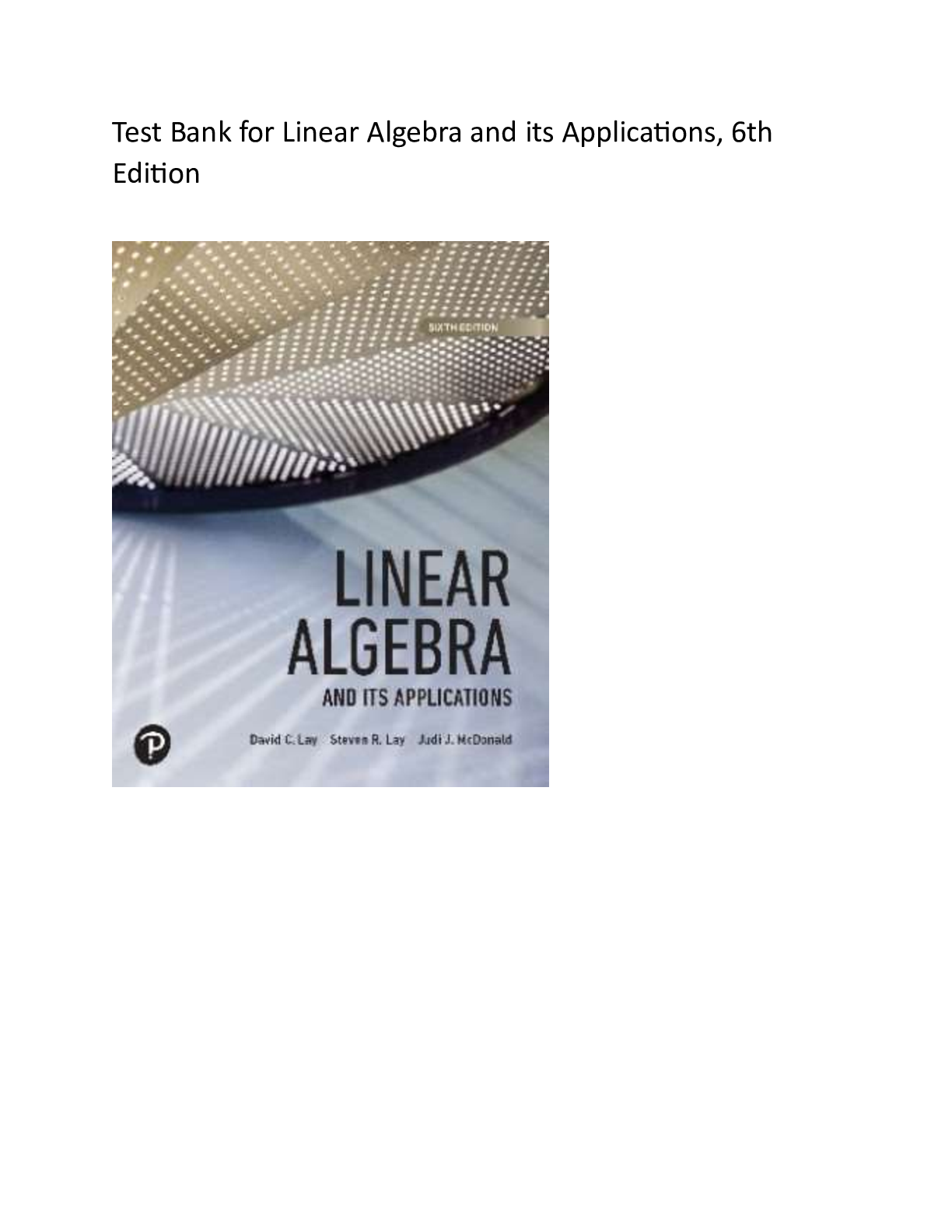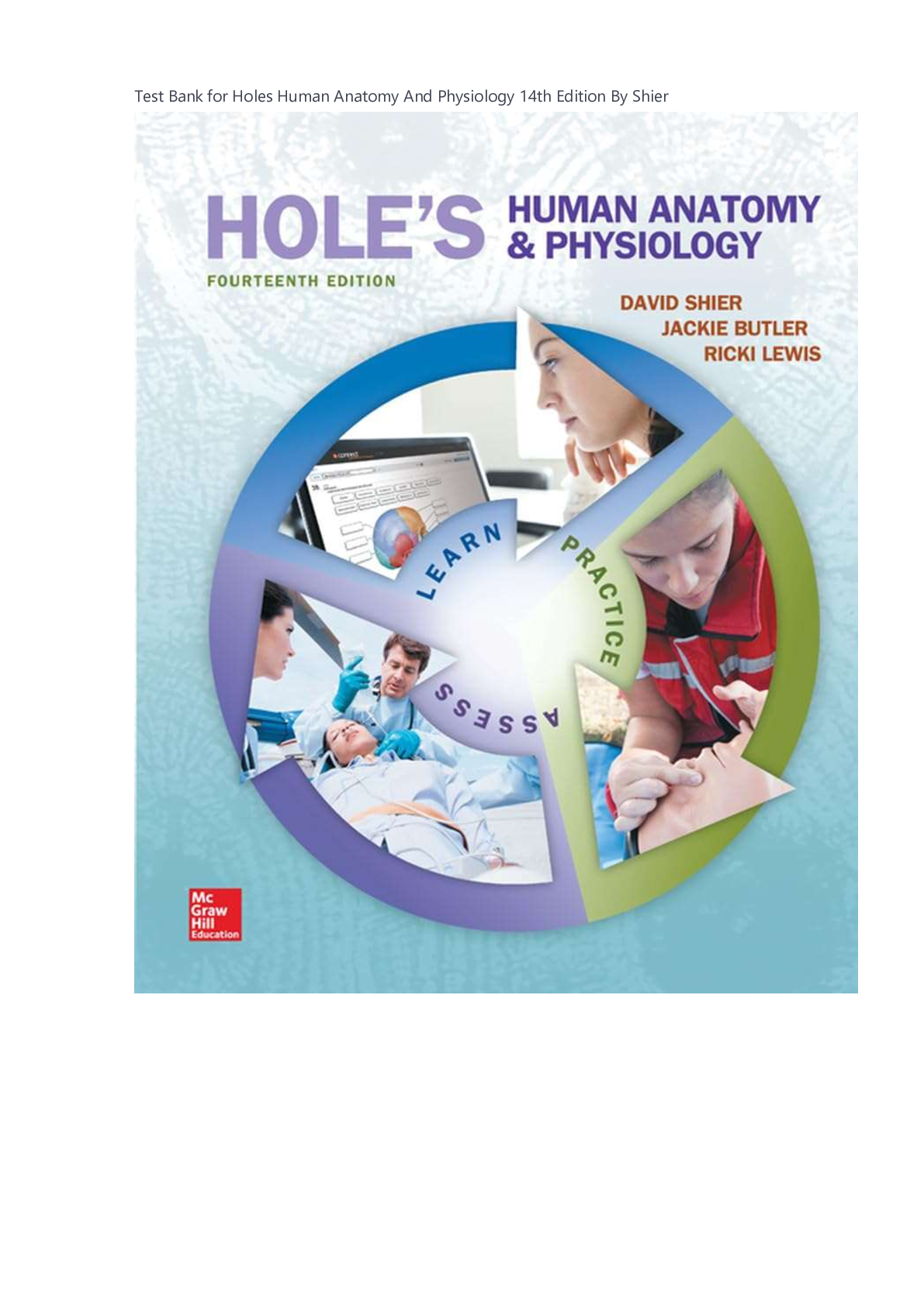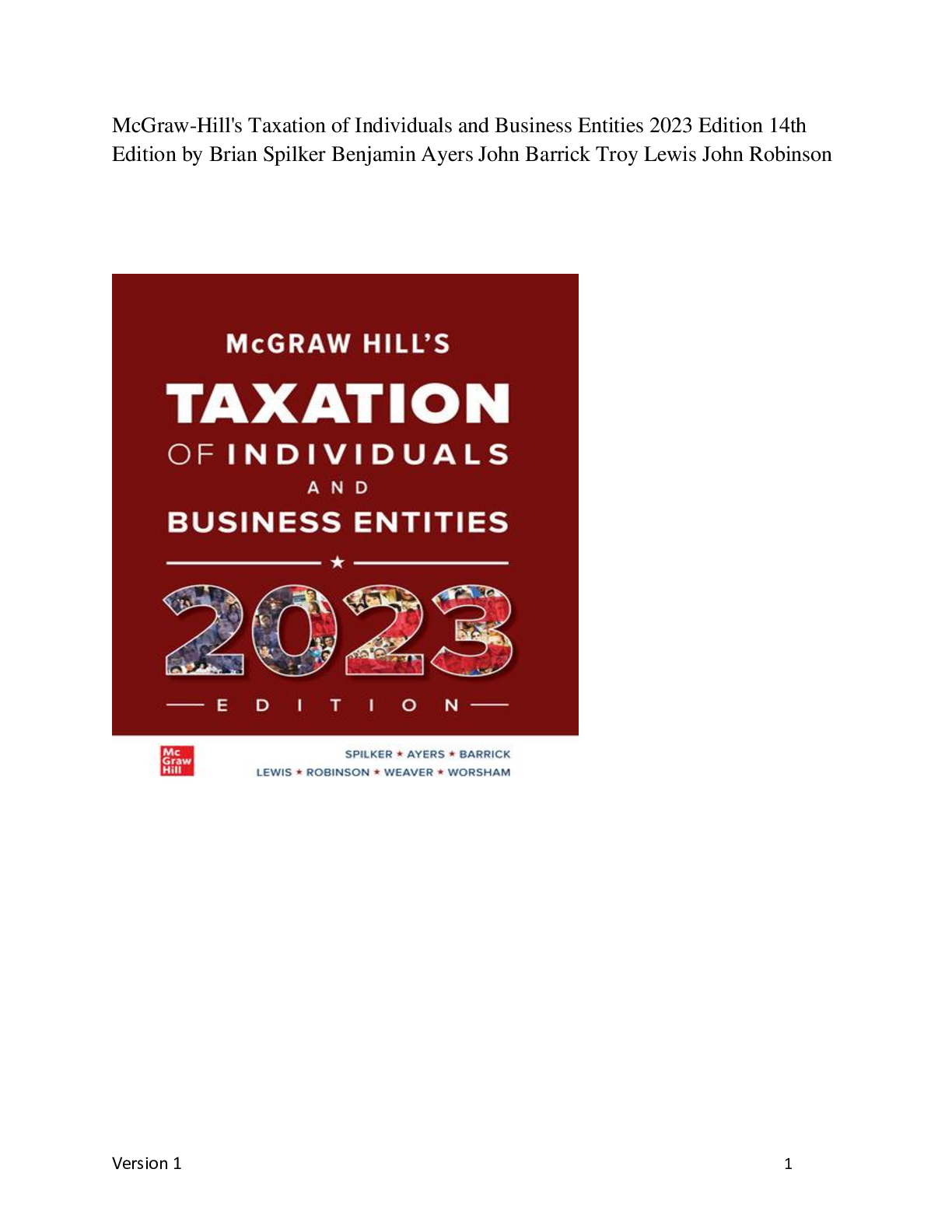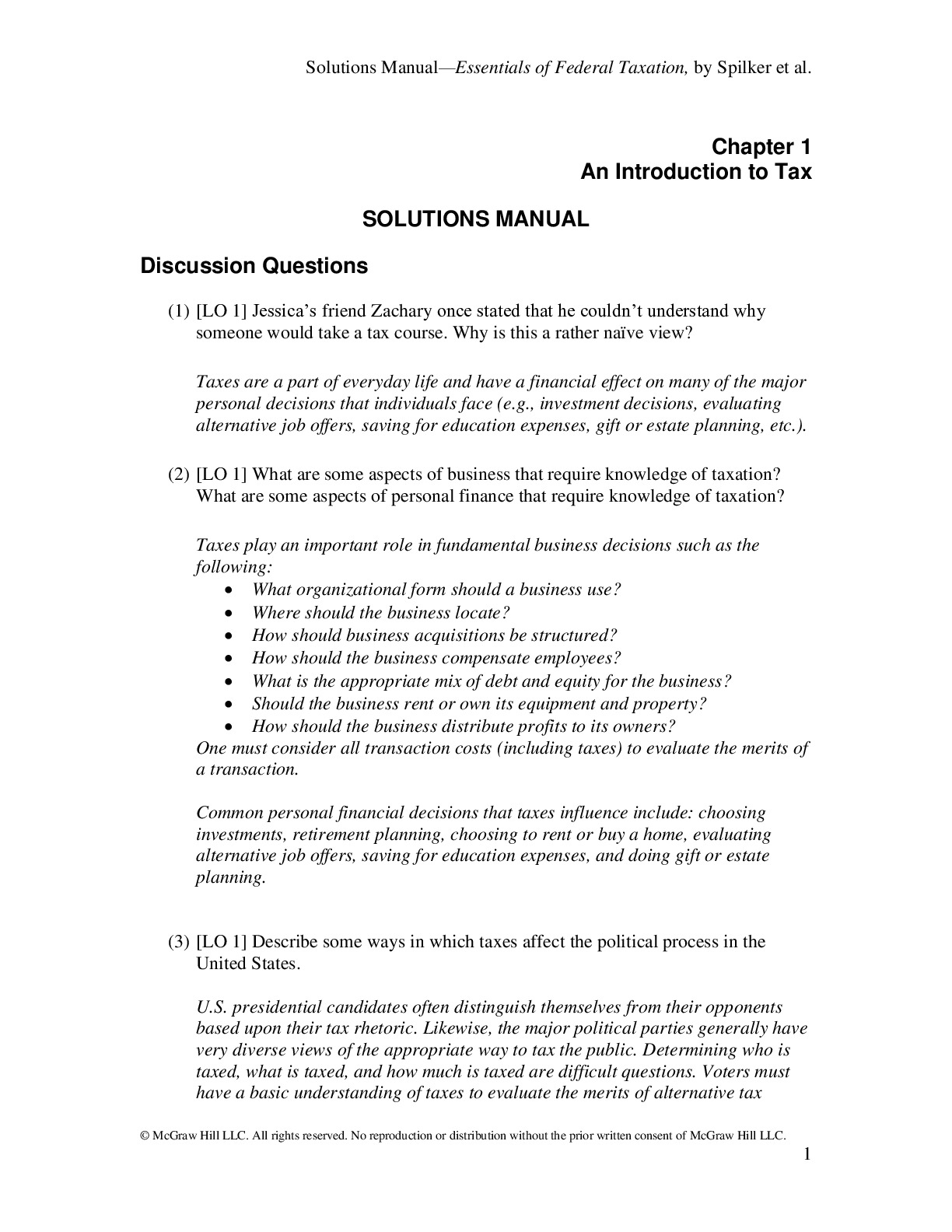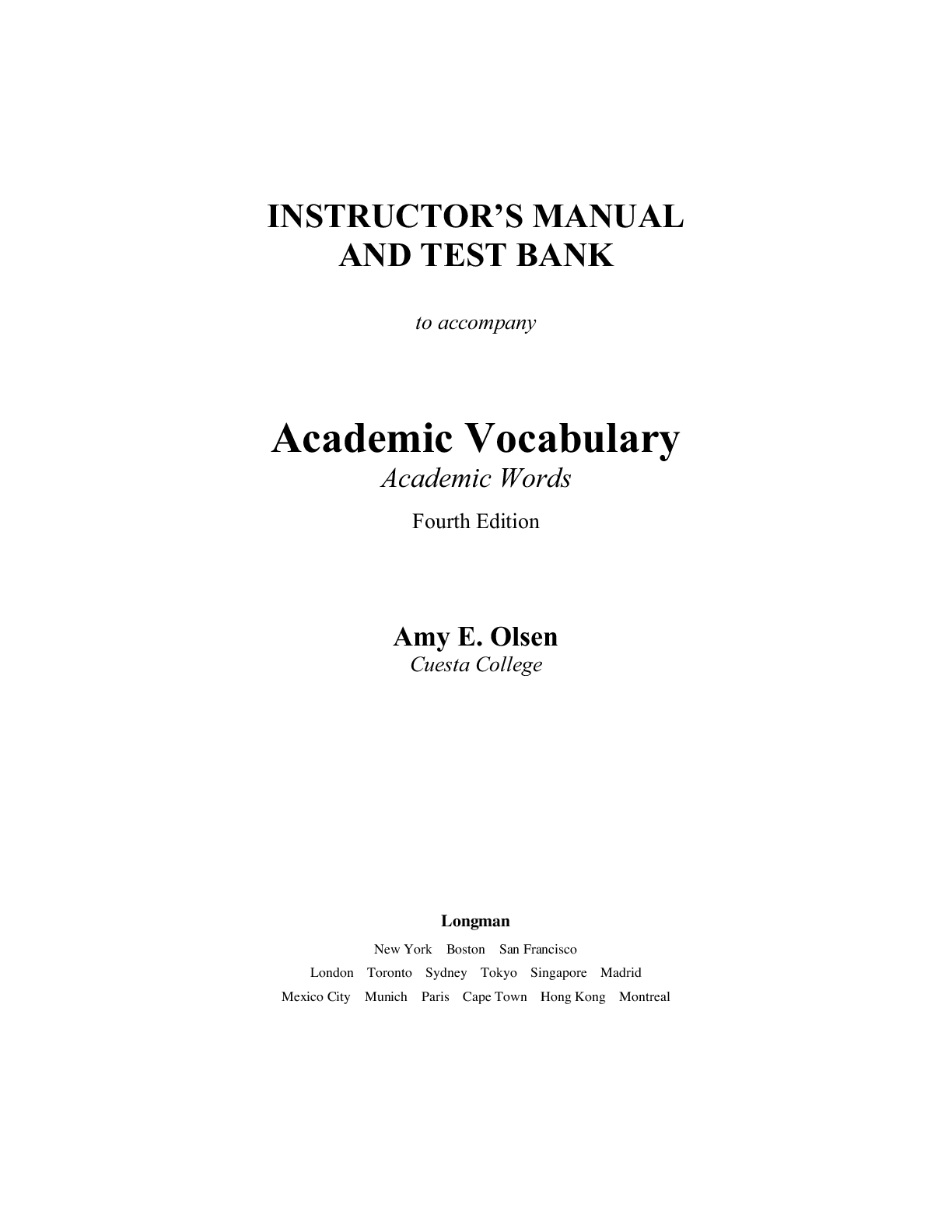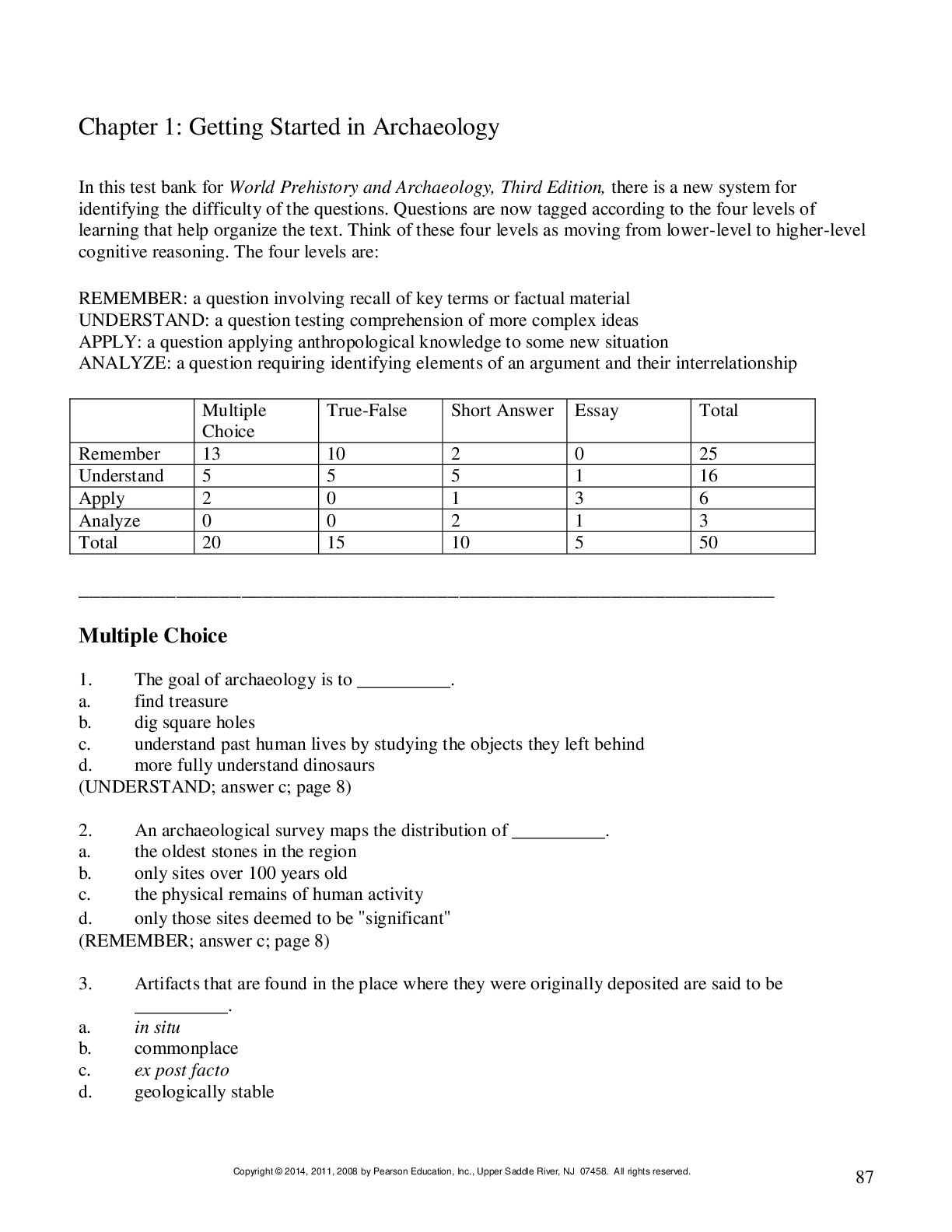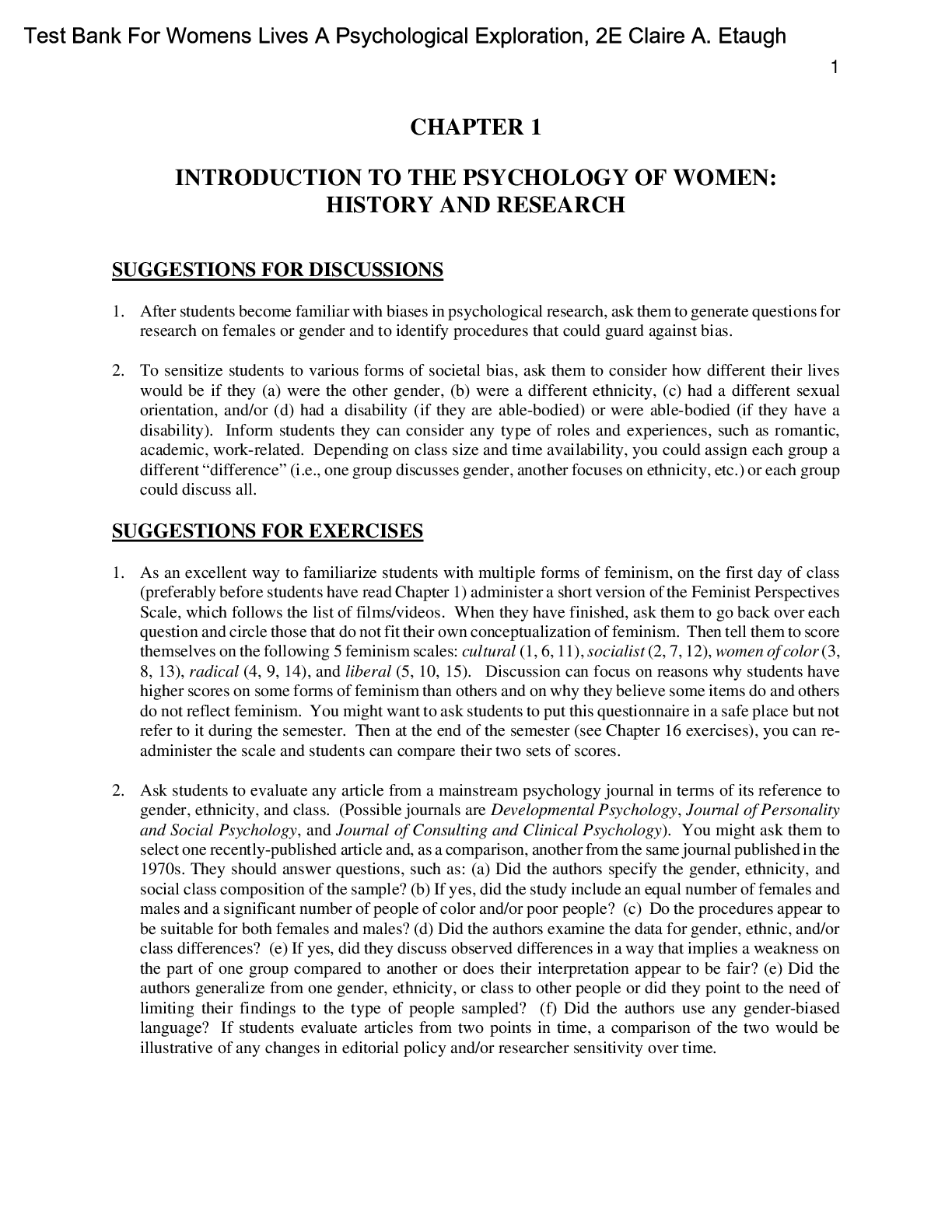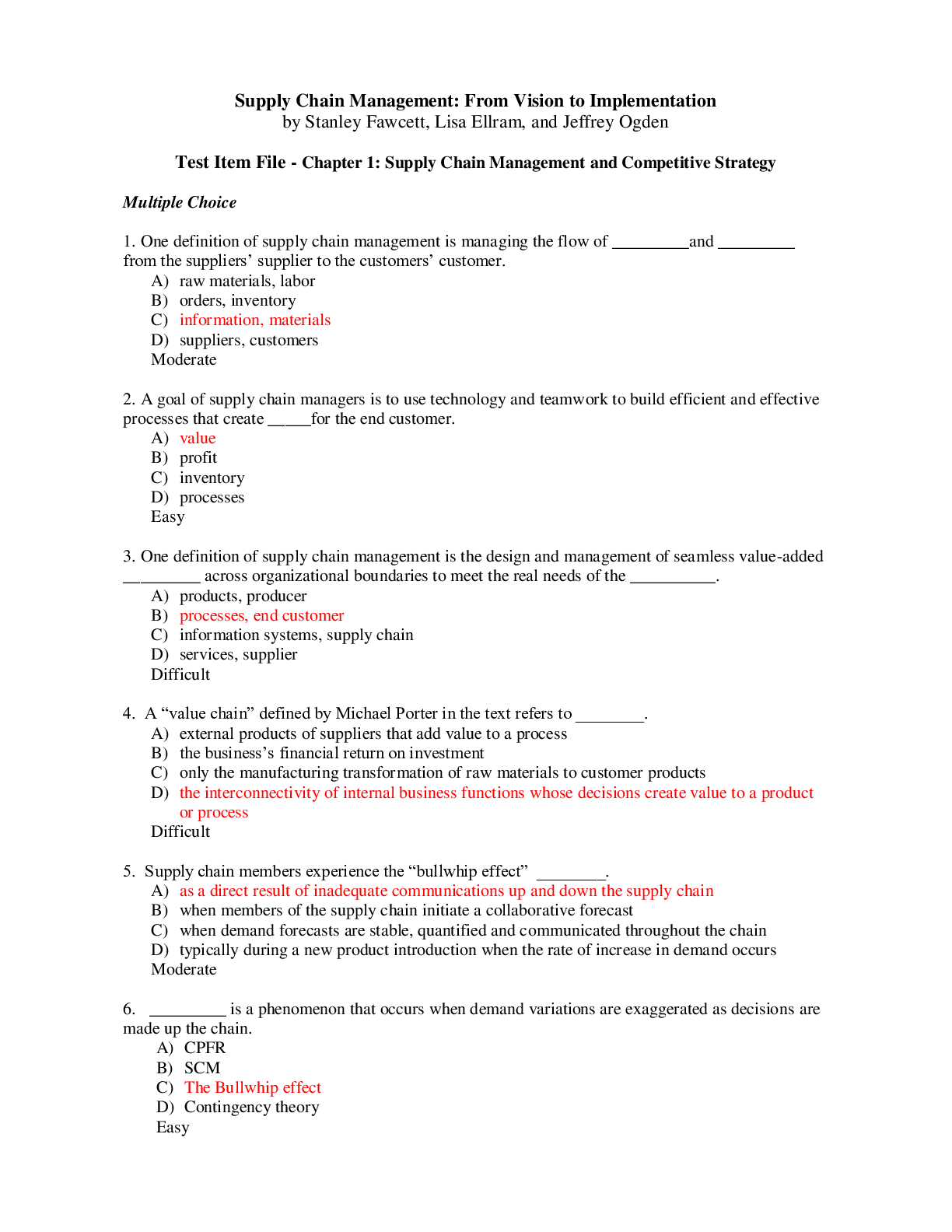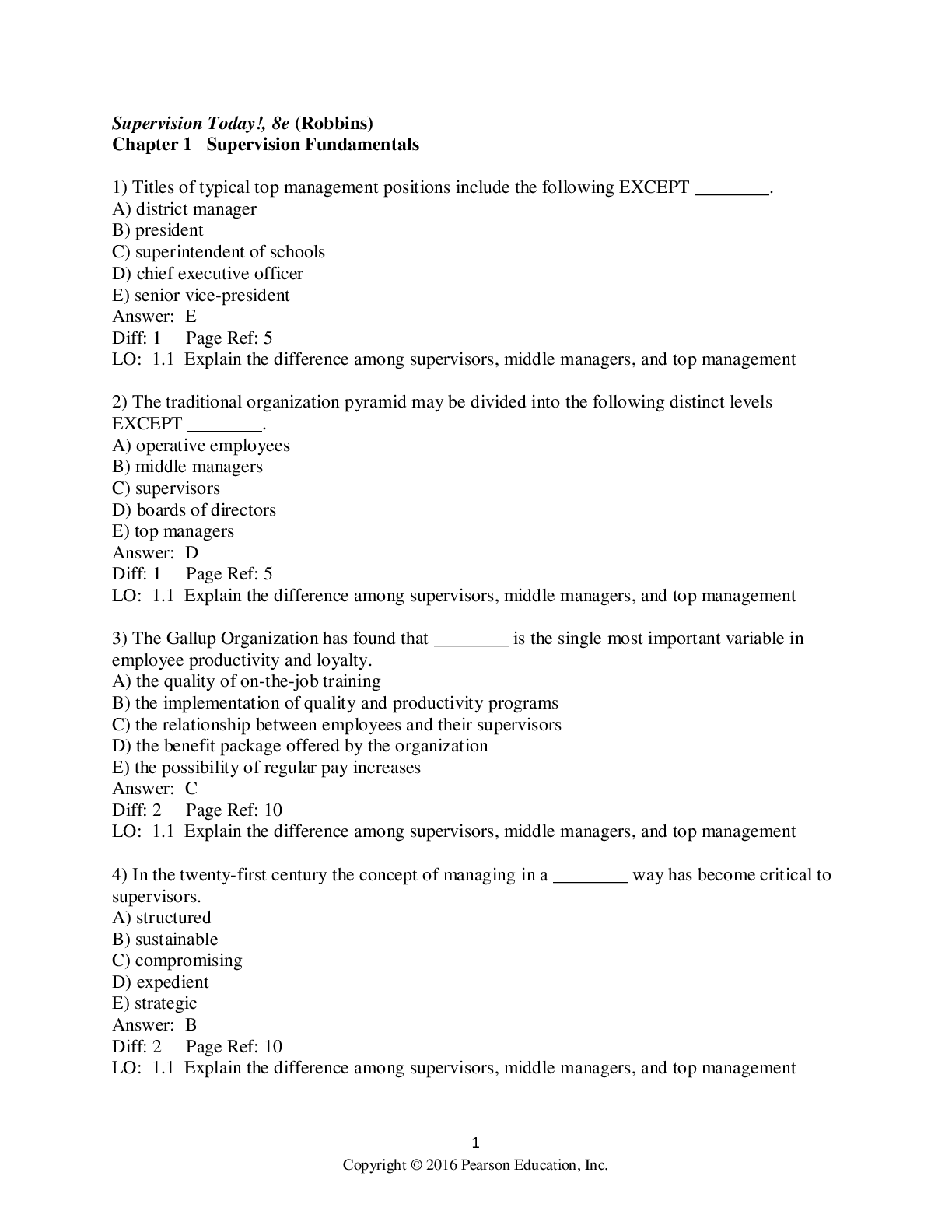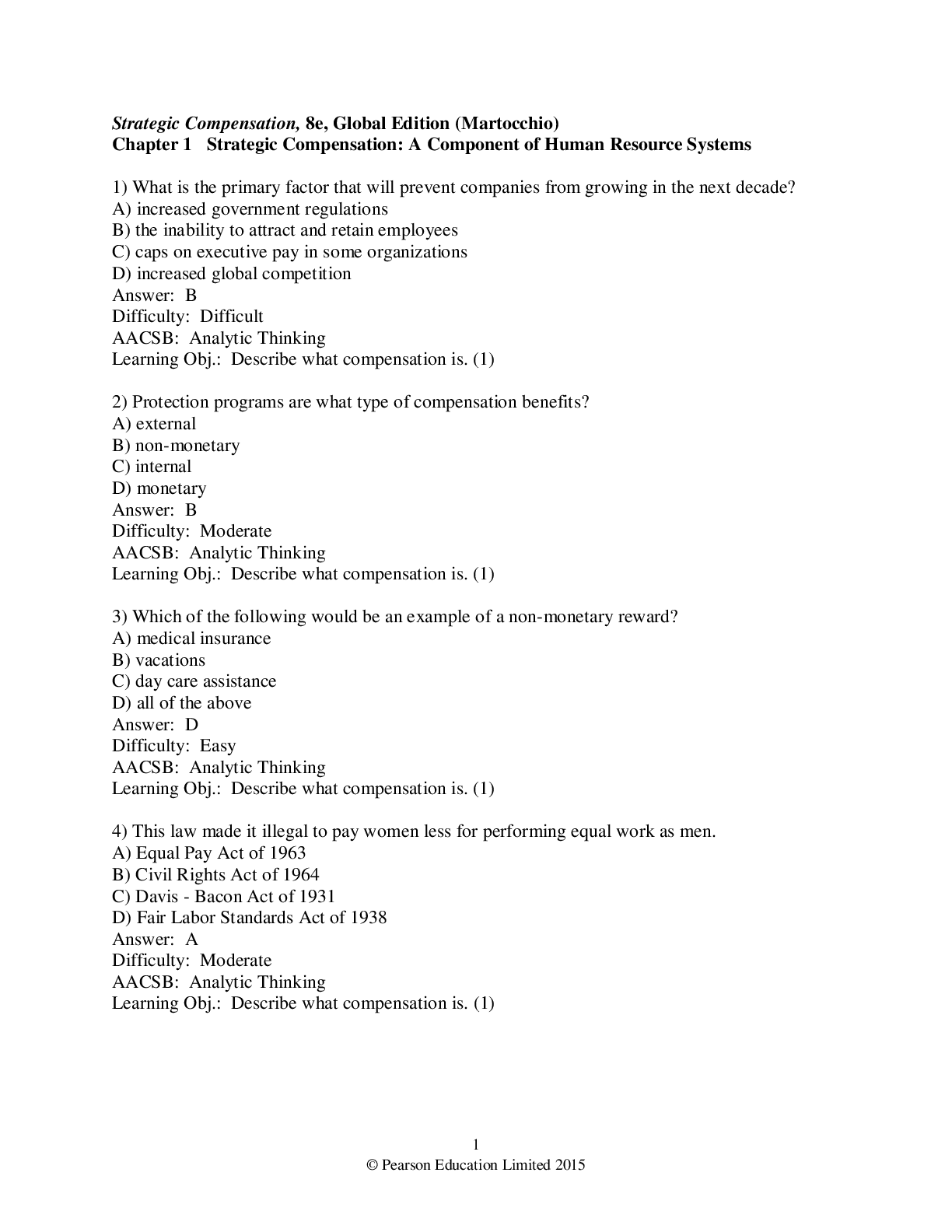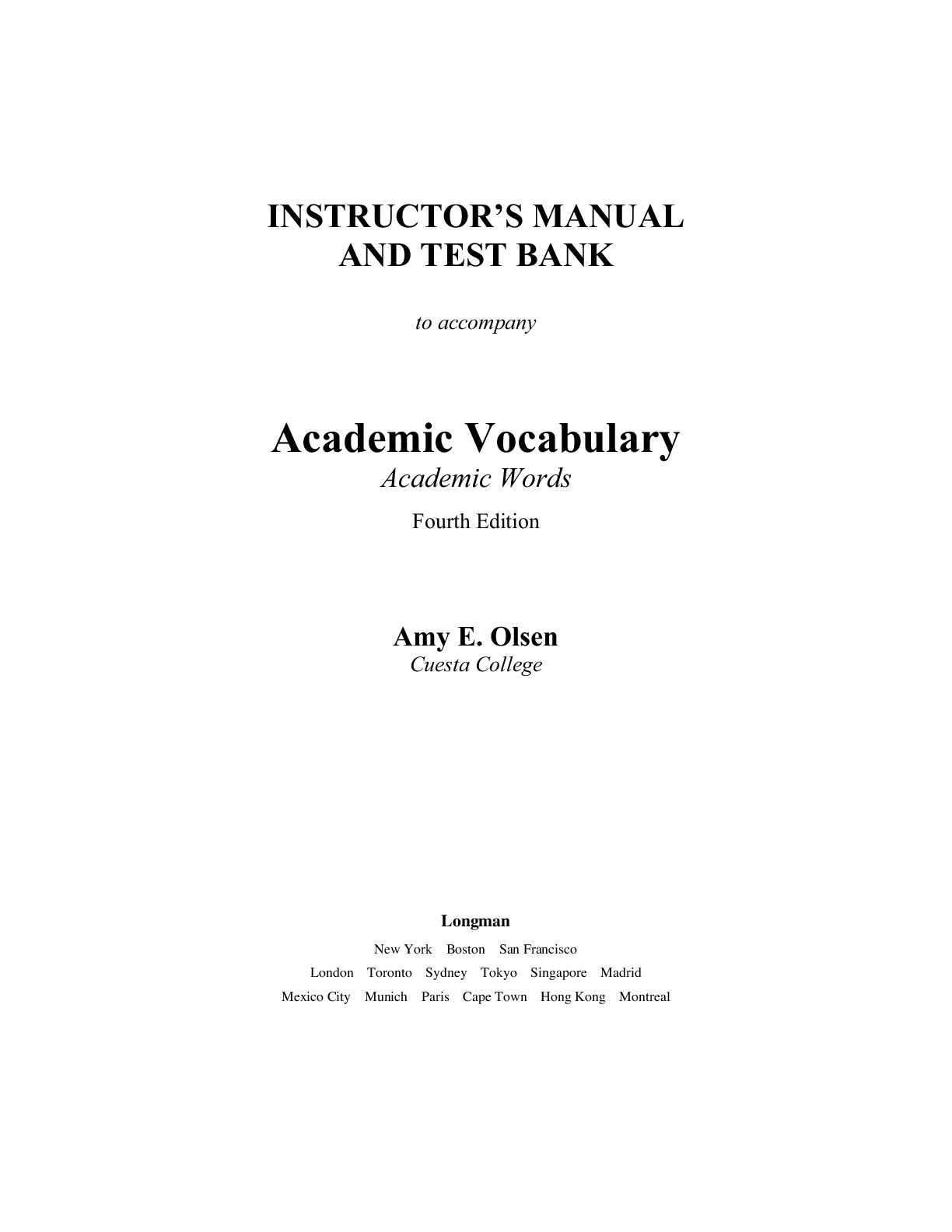Psychology > TEST BANKS > Test Bank & Instructor Manuals For Womens Lives A Psychological Exploration, 3E Claire A. Etaugh (All)
Test Bank & Instructor Manuals For Womens Lives A Psychological Exploration, 3E Claire A. Etaugh
Document Content and Description Below
CHAPTER 1 INTRODUCTION TO THE PSYCHOLOGY OF WOMEN: HISTORY AND RESEARCH SUGGESTIONS FOR DISCUSSIONS 1. After students become familiar with biases in psychological research, ask them to generate q... uestions for research on females or gender and to identify procedures that could guard against bias. 2. To sensitize students to various forms of societal bias, ask them to consider how different their lives would be if they (a) were the other gender, (b) were a different ethnicity, (c) had a different sexual orientation, and/or (d) had a disability (if they are able-bodied) or were able-bodied (if they have a disability). Inform students they can consider any type of roles and experiences, such as romantic, academic, work-related. Depending on class size and time availability, you could assign each group a different “difference” (i.e., one group discusses gender, another focuses on ethnicity, etc.) or each group could discuss all. SUGGESTIONS FOR EXERCISES 1. As an excellent way to familiarize students with multiple forms of feminism, on the first day of class (preferably before students have read Chapter 1) administer a short version of the Feminist Perspectives Scale, which follows the list of films/videos. When they have finished, ask them to go back over each question and circle those that do not fit their own conceptualization of feminism. Then tell them to score themselves on the following 5 feminism scales: cultural (1, 6, 11), socialist (2, 7, 12), women of color(3, 8, 13), radical (4, 9, 14), and liberal (5, 10, 15). Discussion can focus on reasons why students have higher scores on some forms of feminism than others and on why they believe some items do and others do not reflect feminism. You might want to ask students to put this questionnaire in a safe place but not refer to it during the semester. Then at the end of the semester (see Chapter 16 exercises), you can re-administer the scale and students can compare their two sets of scores. 2. Ask students to evaluate any article from a mainstream psychology journal in terms of its reference to gender, ethnicity, and class. (Possible journals are Developmental Psychology, Journal of Personality and Social Psychology, and Journal of Consulting and Clinical Psychology). You might ask them to select one recently-published article and, as a comparison, another from the same journal published in the 1970s. They should answer questions, such as: (a) Did the authors specify the gender, ethnicity, and social class composition of the sample? (b) If yes, did the study include an equal number of females and males and a significant number of people of color and/or poor people? (c) Do the procedures appear to be suitable for both females and males? (d) Did the authors examine the data for gender, ethnic, and/or class differences? (e) If yes, did they discuss observed differences in a way that implies a weakness on the part of one group compared to another or does their interpretation appear to be fair? (e) Did the authors generalize from one gender, ethnicity, or class to other people or did they point to the need of limiting their findings to the type of people sampled? (f) Did the authors use any gender-biased language? If students evaluate articles from two points in time, a comparison of the two would be illustrative of any changes in editorial policy and/or researcher sensitivity over time. 2 WEBSITES Feminism FeMiNa http://femina.com/about/phtml Feminism http://www.feminism.com/rights-of-wome [Show More]
Last updated: 8 months ago
Preview 1 out of 306 pages

Buy this document to get the full access instantly
Instant Download Access after purchase
Buy NowInstant download
We Accept:

Reviews( 0 )
$25.00
Can't find what you want? Try our AI powered Search
Document information
Connected school, study & course
About the document
Uploaded On
Dec 10, 2024
Number of pages
306
Written in
Additional information
This document has been written for:
Uploaded
Dec 10, 2024
Downloads
0
Views
19




